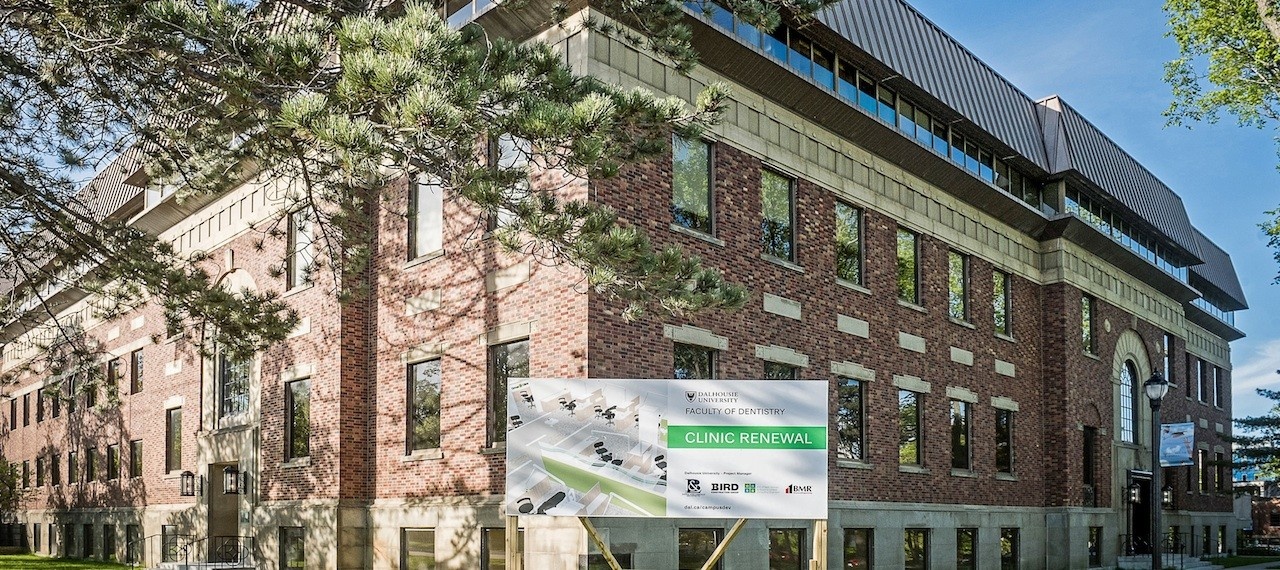Experts in clinical dentistry and dental materials from North America, the UK and Europe gathered at Dalhousie University, Halifax recently for the first annual Symposium on Light Sources in Dentistry.
The symposium was initiated and organized by Dr. Richard Price, of Dalhousie's Faculty of Dentistry to bring key opinion leaders and world experts together to discuss the worldwide problem of poor patient outcomes involving resin fillings placed in dental offices.
Each year more than 130 million light cured white dental fillings are placed in patient's teeth in the USA alone, and more than 320,000 resin fillings are placed annually in Nova Scotia.
However, the longevity of resin based fillings placed in many dental offices is not what it could be - according to a report from the National Institutes of Health in the United States and other research publications, resin fillings are lasting only 6 years on average when they could last 15 years or more.
Premature failure of these fillings means they have to be replaced more frequently, and it may also lead to more tooth decay resulting in larger fillings, root canal treatment or other costly procedures.
Experts believe that part of the problem is due to inadequate light curing (or 'setting') of the dental filling in the tooth. According to Dr. Price, and the research presented at the symposium, this seemingly simple process is actually very complex.
Published evidence shows that many curing lights used in dental offices are either defective - delivering too little light or the wrong kind of light, or they are not properly used.
To help overcome this problem, Dr. Price has invented the MARC (Managing Accurate Resin Curing) system that teaches dental professionals how to polymerize resin fillings placed in the mouth. Dalhousie University has licensed MARC to a Halifax based company (BlueLight analytics inc.) and MARC is currently being used by many universities and manufacturers worldwide.
The symposium participants reached a consensus agreement that the first steps to address the problem of inadequate curing of resin fillings in the tooth are: to create increased awareness among dentists of the issues; to inform dentists what steps they can take to ensure that their curing lights are effective; and to teach dentists the most effective technique when using their curing lights.
To do this, the participants will develop guidelines for effective light curing for publication in popular dental journals, and will develop a web site with instructional videos and useful evidence-based information.
Funding from the Canadian Institutes of Health Research Dissemination Events program supported the First Annual Symposium on Light Sources in Dentistry.
Recent News
- Federal government announces $2.4 million in oral health funding
- 2025 J D McLean Lecture: Understanding accessibility
- A celebration of potential: 2025 Academic Awards
- Alumni Awards 2025: More awards, more to celebrate
- Those who stay and those who return: Part‑timers in the Faculty of Dentistry
- Kirk Preston: A belief in digital dentistry
- Bill and John Rector: Different paths to the same destination
- Meet new Senate chair: Dr. Sachin Seth
